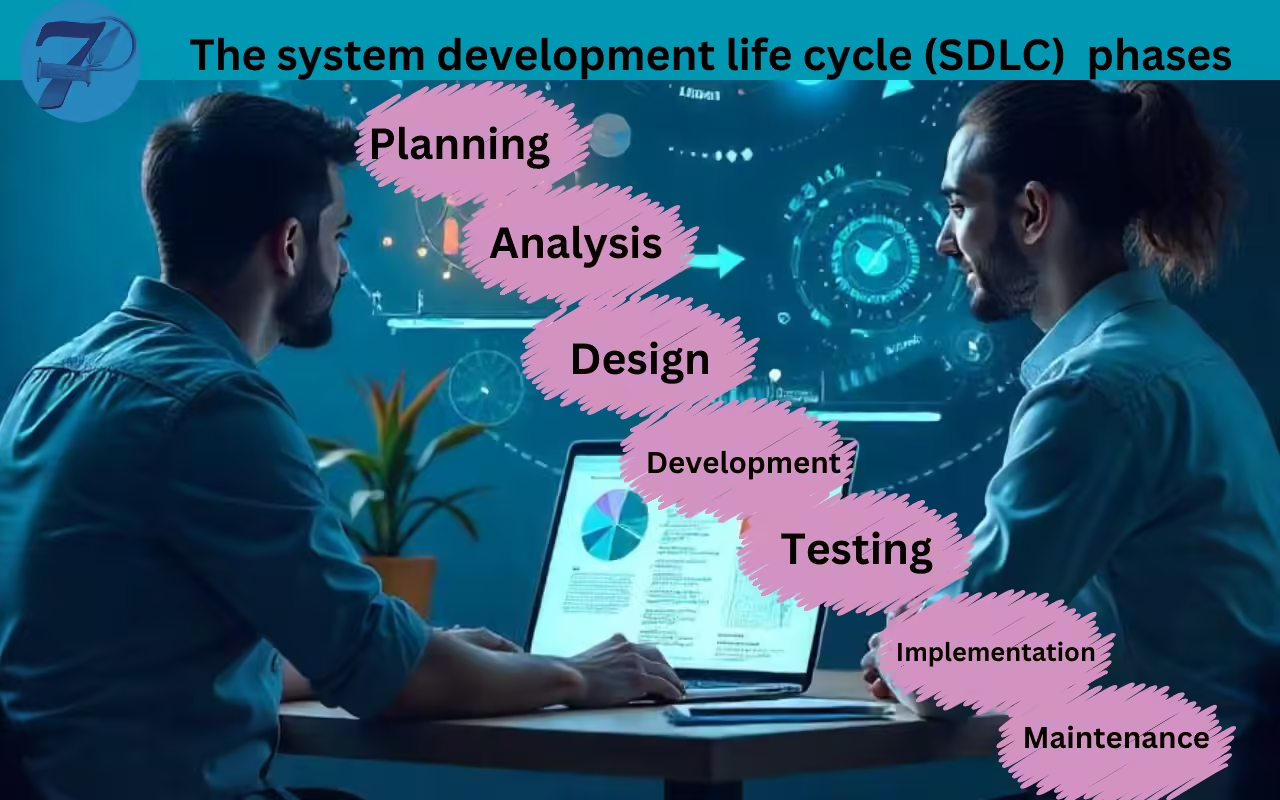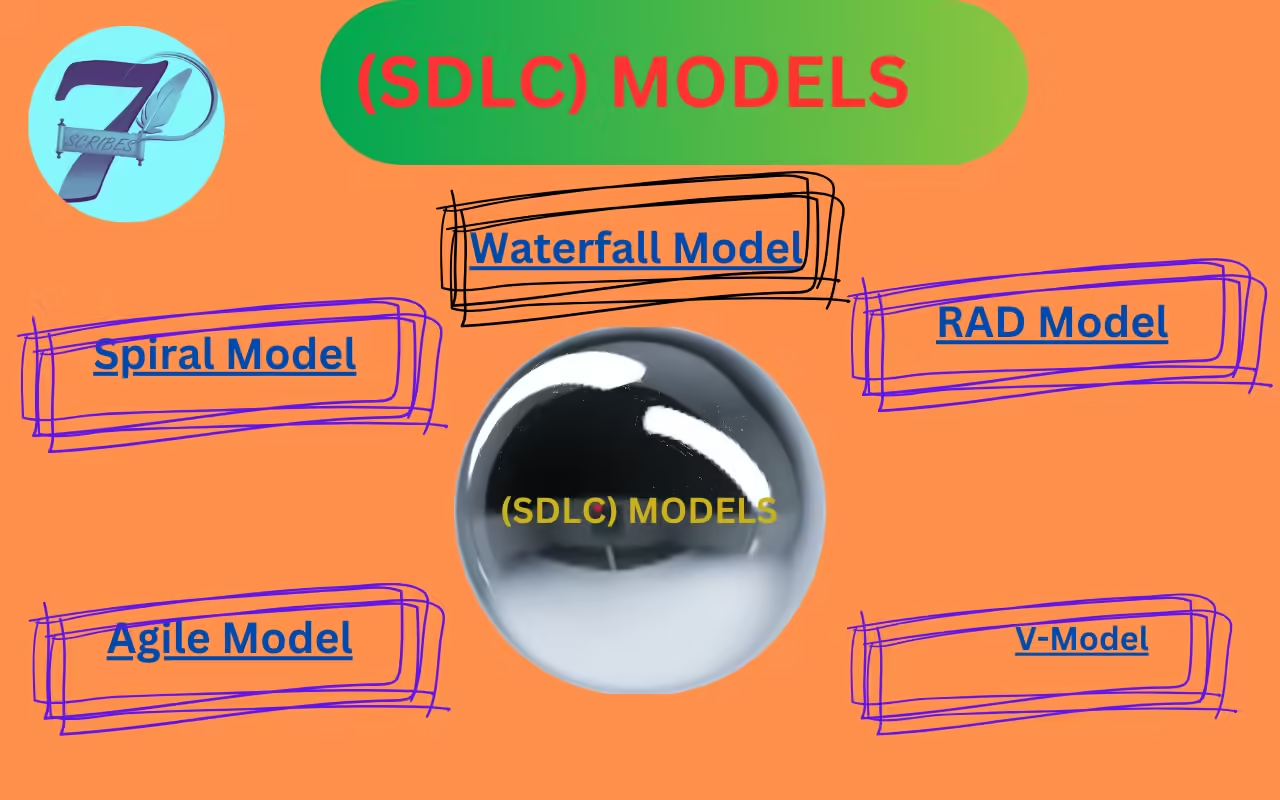Understanding the Software Development Life Cycle (SDLC)The Software Development Life Cycle (SDLC) is a systematic approach followed by software developers in order to produce efficient, cost-effective, and productive software solutions. By meticulously detailing the steps of SDLC, developers can create high-quality software that meets the exact needs of their clients. In this article, we will delve into the intricacies of the SDLC process, exploring its various phases and highlighting its crucial role in the successful creation of software applications.
SDLC
The Software Development Life Cycle (SDLC) comprises a series of well-defined stages that govern the development of software from inception to completion. This method outlines how software development is planned, executed, and ensures the highest quality standards. SDLC aims to minimize errors in newly developed software, benefiting both developers and end-users.
Phases of SDLC
SDLC is divided into multiple phases, each with its own unique set of tasks that must be completed before advancing to the subsequent stages. Each phase serves as a building block for the next, ensuring a structured and systematic approach to software development. The key phases of SDLC are as follows:.
1. Planning and Requirements Elicitation
The initial phase of SDLC involves defining the project’s objectives, scope, and prerequisites in collaboration with stakeholders. This phase entails:
- Identifying user requirements and expectations.
- Gathering functional and non-functional prerequisites.
- Establishing clear project goals, constraints, and deadlines through requirements elicitation is essential to ensure a comprehensive understanding of the software’s objectives, preventing misunderstandings in the future.
2.System Architecture
During this phase, developers begin designing the software system, creating a detailed plan outlining the software’s structure, components, and data flow. The system architecture phase typically includes:
-
High-level design:
Developing a conceptual model of the software’s structure.
-
Detailed design:
Specifying technical details for developers to follow during the coding Phase. This phase provides a well-defined blueprint for constructing the software, ensuring seamless interaction among all components.
3.Development (Programming)
In this phase, actual programming of the Enhanced Quality:\n Adhering to rigorous testing and quality assurance practices results in superior-quality software. Software takes place, with developers coding according to the design specifications. The development phase is comprehensive and involves:
- Writing code in the designated programming language.
- Integrating various components into the system.
- Ensuring adherence to coding standards for readability, performance, and security and effective communication among team members is crucial to keeping the project on track and aligned with its objectives.
4.Evaluation
Following software development, a thorough evaluation is conducted to identify and rectify glitches, security vulnerabilities, and performance issues. Various types of evaluation include:
-
Unit testing:
Assessing individual components for correct operation.
-
Integration testing:
Confirming the harmonious functioning of different system modules.
-
System testing:
- Evaluating the software’s overall functionality, performance, and security is essential to ensuring error-free software is ready for deployment.
5.Implementation
After evaluation and issue rectification, the software proceeds to the implementation phase, which involves:
- Preparing the software for release in the operational environment.
- Setting up necessary infrastructure, such as servers and databases.
- Introducing the software for end-user Implementation may be incremental, starting with a limited release to gather user feedback before a full rollout.
6.Sustenance and Enhancements
Following implementation, the software enters the maintenance phase, where developers address post-launch issues and enhance the software to meet evolving user requirements and technological advancements. Sustainability activities include:
- Resolving glitches and improving performance.
- Updating the software to include new features or prerequisites
- Incorporating user feedback to enhance functionality sustenance ensures that the software remains relevant and performs optimally over time.

SDLC Models:
Strategies for Software Development various SDLC models offer different strategies for managing the software development process, with the choice of model dependent on project requirements and characteristics. Some common SDLC models include:
1.Waterfall Model
The Waterfall model follows a linear, sequential approach where each phase must be completed before moving to the next. While straightforward, this model can be rigid and may not adapt well to changes once a phase is finalized.
2.Agile Model
The Agile model emphasizes iterative development with smaller cycles known as sprints. This model is ideal for projects requiring frequent changes or updates, enabling teams to quickly adapt and continuously improve throughout the development process.
3.V-Model
The V-Model (Verification and Validation) focuses on concurrent testing at every phase of development. Testing is planned from the beginning and integrated into each stage of the project to deliver high-quality software.
4.Spiral Model
The Spiral model combines elements from both Waterfall and Agile models, emphasizing iterative development, risk management, and regular evaluations at each phase. This model is well-suited for extensive, complex projects.
The Significance of SDLC
SDLC holds paramount significance for several reasons:
-
Structured Roadmap:
Provides a systematic approach to software development, ensuring meticulous planning and execution at every step.
-
Enhanced Quality:
Adhering to rigorous testing and quality assurance practices results in superior-quality software.
-
Risk Mitigation:
Identifying potential risks early minimizes major issues later in the project.
-
Cost and Time Efficiency:
With a structured framework, SDLC minimizes waste and ensures timely, budget-friendly project delivery.
-
Enhanced Communication:
Effective communication among team members and stakeholders ensures alignment with project objectives.
Conclusion
The Software Development Life Cycle serves as a fundamental framework for developing high-quality, efficient software solutions. By following its phases—planning, design, development, testing, implementation, and sustenance—developers can ensure that their projects are well-organized and meet user requirements. Whether working on a small application or a large enterprise system, understanding and applying SDLC principles significantly increases the chances of success.
Read more more about programming and AI
1. What is SDLC?
SDLC (Software Development Life Cycle) is a structured process for planning, creating, testing, and maintaining software.
2. What are the key phases of SDLC?
Planning, Design, Development, Testing, Implementation, and Maintenance.
3. What is the waterfall model?
A linear, sequential approach where each phase must be completed before moving to the next.
4. What is Agile methodology?
An iterative approach focusing on small, frequent updates and flexibility for changes.
5. Why is SDLC important?
It ensures systematic planning, high-quality software, and effective risk management. Ii
